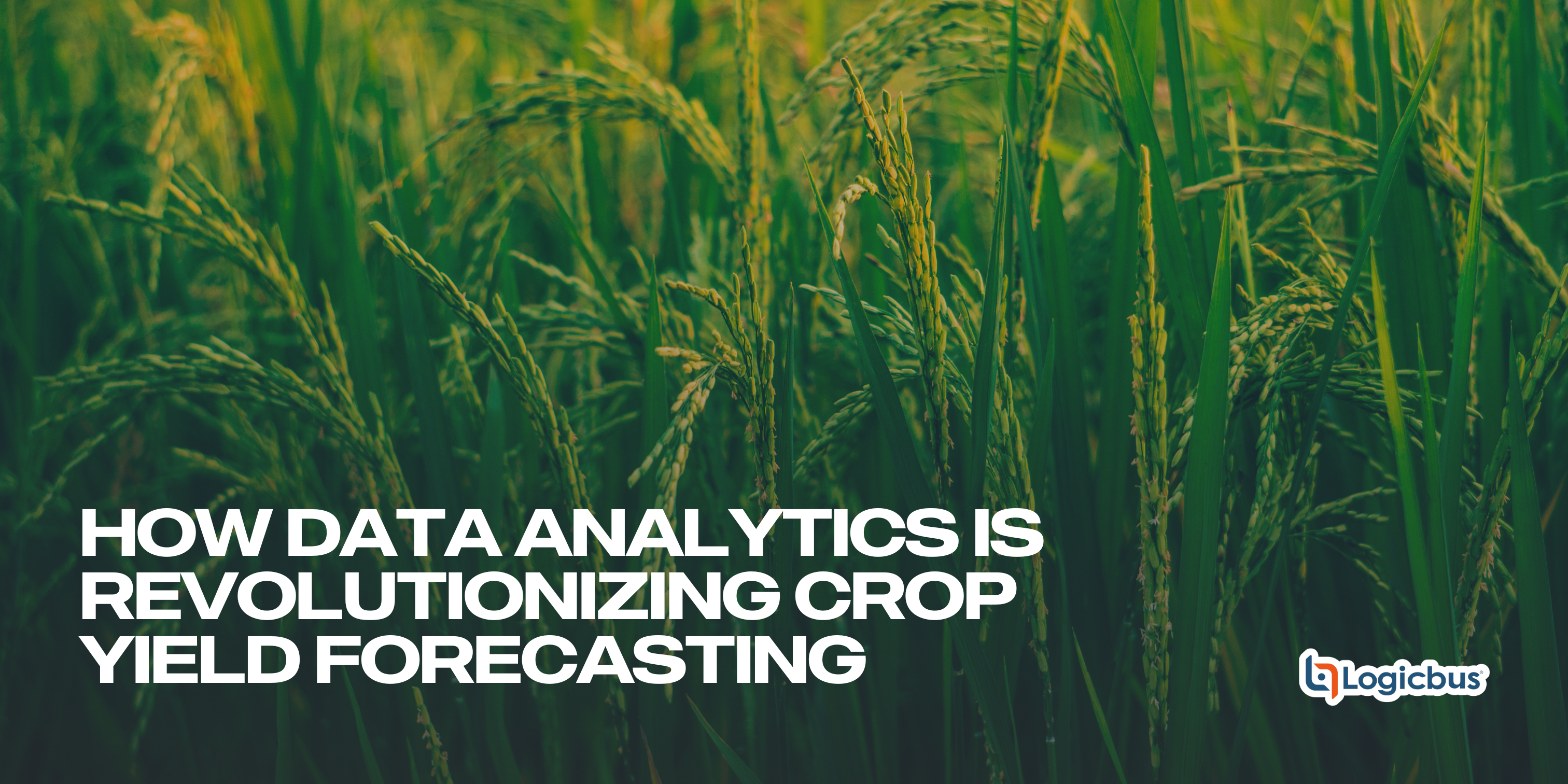Predicting Yields with Data Analytics
Predicting crop yields with data analytics involves harnessing sensor-generated data to help farmers plan and optimize harvests. This approach integrates advanced sensors, data processing platforms, and predictive algorithms to deliver actionable insights that boost efficiency and sustainability.
How It Works
Deployment of Sensors
To capture critical information about the farming environment, various sensors are deployed strategically across the farmland:
- Soil Moisture Sensors: Devices like the Agribun monitor water availability in the soil, ensuring optimal irrigation.
- Temperature and Humidity Sensors: Tools such as the Agribun track environmental conditions, providing real-time updates on weather impacts.
- CO2 and Sunlight Sensors: Equipment like the BLTCO2 and BLTLIT measure light intensity and atmospheric CO2 levels, offering a comprehensive understanding of the crop’s growing environment.
Data Collection and Transmission
Once deployed, these sensors transmit their readings via wireless access points such as AW5601 to a central monitoring station. Data is then uploaded to cloud platforms like the LoggerFlex CLOUD, where it is organized and standardized for further analysis. This ensures consistency and accuracy, which are crucial for reliable forecasting.
Integration with Analytics Platforms 
The standardized data is integrated into cloud-based analytics platforms such as Peakboard Box. These platforms aggregate the data, enabling advanced processing and visualization of key metrics.
Predictive Modeling
Using predictive algorithms developed with tools like Peakboard Designer, the system analyzes both historical and real-time data. By identifying patterns and correlations, the model forecasts yield outputs based on current soil conditions, environmental factors, and expected weather patterns. These forecasts provide farmers with actionable insights to maximize productivity.
Dashboards and Insights
Visual dashboards created with Peakboard Designer present the analytics results in an easily interpretable format. Metrics such as predicted yields, optimal harvest windows, and areas needing attention are displayed, empowering farmers to make informed decisions.
Alerts and Recommendations
Automated alert systems notify farmers of potential risks, such as low soil moisture or extreme temperature fluctuations. Tools like Hygro Dot deliver real-time recommendations for corrective actions, such as adjusting irrigation or applying fertilizers, to mitigate these risks effectively.
Advantages of the System
By leveraging advanced sensors and data analytics, this system offers numerous benefits:
- Optimized Planning: Accurate yield forecasts enable better harvest scheduling and resource allocation.
- Increased Efficiency: Early detection of issues reduces waste and maximizes productivity.
- Sustainability: Eco-friendly practices are encouraged through optimized resource usage, such as water and fertilizers.
- Cost Savings: Operational costs are minimized by focusing resources on areas with the highest impact.
- Scalability: The system’s adaptability to various farm sizes and crop types makes it suitable for diverse agricultural applications.
Conclusion
The integration of data analytics into agriculture represents a paradigm shift in how farmers approach crop yield forecasting. By combining advanced sensors, predictive algorithms, and intuitive dashboards, this technology empowers farmers to make data-driven decisions that enhance productivity, sustainability, and profitability. As the adoption of these solutions continues to grow, the future of farming looks brighter and more efficient than ever.
sales@logicbus.com | support@logicbus.com | +1 619 616 7350 | Start conversation






